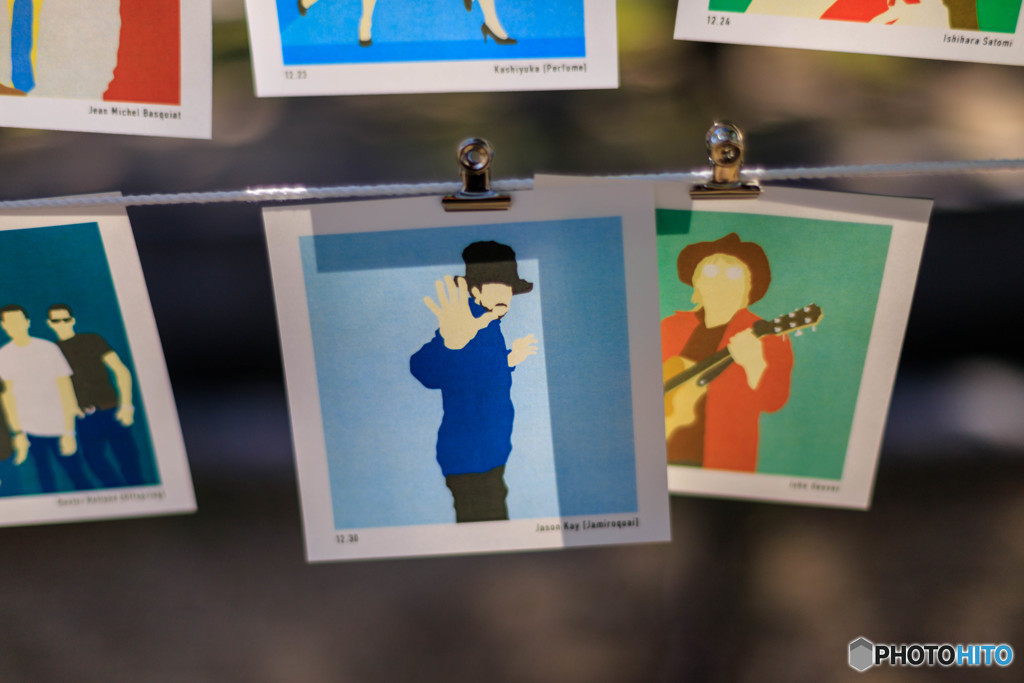
Microsoft and their partners pushed forward with enterprise and industrial augmented/mixed reality (AR/MR) to bring new products into the industry, including 3D maintenance procedure cards ( Taqtile) and building design visualization ( Studio 216). Ford invested in 3D design of car interiors using VR.
VIRTUAL INSANITY SIMULATOR
Game studios like Free Range Games achieved success working with Raymond forklifts on a simulator to improve worker safety. Fun, frightening, and weird.Īs the industry matured, applications grounded in reality and human learning began to emerge. I could see 3D art exhibits or visit a haunted house. I could pretend to be a robot rediscovering ‘90s office culture (e.g., Job Simulator by Owlchemy Labs). I could stand on the bow of a wrecked ship and be inches away from the tail of a whale swimming by (e.g., theBlu by WEVR). The early commercial VR experiences were insane trips that brought us to surprising places. Immersive and Spatial Technology Today and How It Got Here Navy can now create more precise and data-driven plans to increase sailor safety and national security, as well as save time and money on training.

OceanLens demonstrates the ability to interact in 3D with 3D data representing an early application of a nascent wave of computing - immersive and spatial technology. Through OceanLens, the sailor was able to gain an immersive experience similar to driving through the ocean’s underwater landscape.

The first active duty sailor to whom we demonstrated this product was amazed he had traveled in and out of the San Diego Harbor many times but had not once seen the ocean’s topography. With this tool, I was able to immerse myself in geospatial data below the ocean’s surface. Subsequently, my teammates (at Booz Allen Hamilton) and I worked together to create OceanLens, a VR tool that fuses terrestrial and underwater topography data into an interactive three-dimensional (3D) environment. When two of my team members (a rockstar developer and a former submariner) raised the idea of visualizing undersea terrain data in VR, I knew that the results would be compelling. When Google Earth was released in the early 2000s, I started seeing how I could present data on a globe. As a child, I spent hours looking through the atlas or tracing the interstate system to find the most interesting route from Houston to Chicago. Several years ago, I refocused my technology attention from business intelligence and big data to VR. Maps always inspired me. How My Career at as a Consultant Helped Me Dive into Emerging Technology Why did it take so long for the industry to mature? I see tremendous potential for VR and associated technologies, but will these technologies be good for humanity and lift us up or pull us down to new lows? And, are these advancements reality (true innovation) or insanity (hype)? It has taken over 25 years to progress from early, glowing, line-based, and motion sickness-inducing VR into a stable, expressive, and engaging commercial platform that is popular today. This artist’s vision sparked reflection as a technologist about the future of an important technology: virtual reality (VR). ” // “Future's made of virtual insanity // Now always seem to, be governed by this love we have // For useless, twisting, our new technology // Oh, now there is no sound // For we all live underground” // -Jamiroquai, 1996

Originally published in Booz Allen Hamilton's in futures newsletter Short Circuit in September/August 2018 - ĭriving home amid a smoky forest fire haze in Seattle this summer, I heard a classic song from 1996 on the radio. Acid-jazz, one-hit wonder Jamiroquai articulated a dystopian vision of technology and humanity with his famous song, “ Virtual Insanity.


 0 kommentar(er)
0 kommentar(er)
